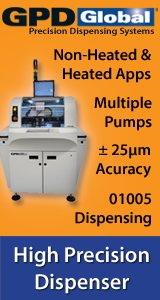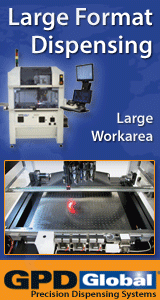Printed Circuit Board Assembly & PCB Design Forum
SMT electronics assembly manufacturing forum.
- SMTnet
- »
- Electronics Forum
- »
- Nitrogen V.S Solder bridging problem
Nitrogen V.S Solder bridging problem
![]() Hi guy
Please help advise me the impact of using Nitrogen t...
- Sep 01, 2001
by
Por
Hi guy
Please help advise me the impact of using Nitrogen t...
- Sep 01, 2001
by
Por
![]()
![]()
![]() I may be wrong, but I'm thinking that nitrogen has less effe...
- Sep 06, 2001
by
I may be wrong, but I'm thinking that nitrogen has less effe...
- Sep 06, 2001
by
![]()
![]() Por,
You talking wave solder or reflow solder?
At wave...
- Sep 07, 2001
by
Por,
You talking wave solder or reflow solder?
At wave...
- Sep 07, 2001
by
![]()
![]() For reflow soldering, you are correct !
The higher surfac...
- Sep 09, 2001
by
B. S. Bentzen
For reflow soldering, you are correct !
The higher surfac...
- Sep 09, 2001
by
B. S. Bentzen
![]()
Por
- SMTnet
- »
- Electronics Forum
- »
- Nitrogen V.S Solder bridging problem







